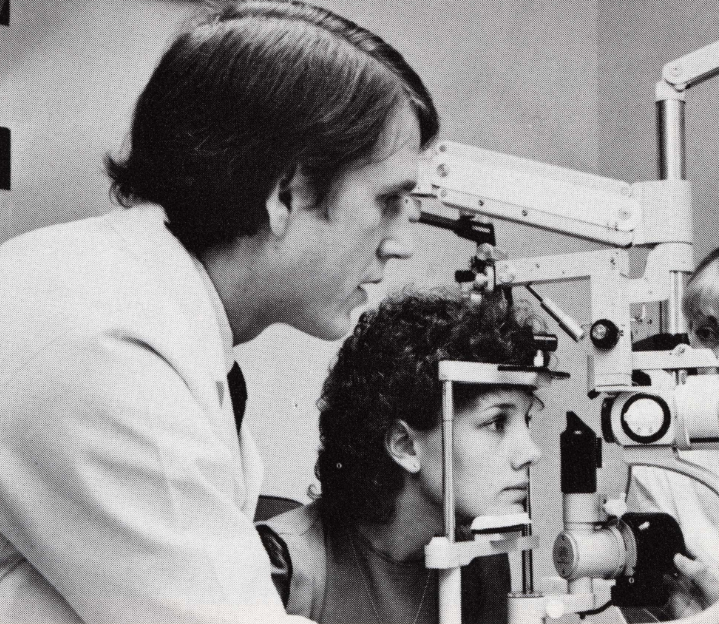Preventing physician burnout: Ergonomic support and personal wellbeing
As a new group of residents and fellows begin the next steps of their medical training at hospitals across the country this summer, they are likely prepared for the demanding hours and high expectations of their program.
However, they might not be as prepared for how these demands will have an impact on their health and well-being.
After practicing surgery for more than 25 years, I have seen countless physicians and trainees struggle with balancing their career with their personal life. There are specific areas of health and well-being that I believe surgeons and surgery trainees should keep in mind. Many of these also apply to physicians and trainees in other specialties.
Ergonomics
There are specific ergonomic concerns that apply to the medical field and to surgeons. The way that surgeons position themselves in the operating room can result in injuries to their musculoskeletal system.
In fact, according to one report, 50 to 80% of surgeons reported pain and 40% reported an actual injury during or after a procedure. These injuries are not normal and small injuries can lead to significant, career-limiting injuries. Here are a few techniques to help avoid these injuries:
- Adjust the operating table height to the height of the tallest person in the procedure, regardless of their role in the operation. Other members of the team can use stepstools.
- During a long case, ask the anesthesiologist to intermittently rotate, raise or lower the table by a trivial amount.
- Learn to do a periodical “posture reset” for the team to be sure that nobody has a forward head posture, raised shoulders, clenched hands or an asymmetric stance.
- An asymmetrical stance occurs when a disproportional amount of weight is placed on one foot, and it can lead to hip and back injury. To prevent this, surgeons can periodically adjust their stance or place one foot on a stool, which helps balance the pelvis.
- Avoid foot pedals and instead use handheld devices to avoid asymmetric pelvis. If this is not an option, the foot pedal should be pointed at the “target organ” – in line with the surgeon’s eyes to avoid an awkward stance.
- Step back from the table and stretch from time to time.
Personal well-being
While the field of medicine can be demanding, maintaining personal well-being can actually help. Here are some tips:
- Strength training can help improve musculoskeletal pain when done consistently.
- Exercises like yoga, tai chi and Pilates can be particularly beneficial to surgeons because they require core strength through rotational movement.
- When you can’t fit in the full 60 minutes of aerobic exercise, try for at least 30 minutes and take the stairs at work.
- Take advantage of fitness apps to get yourself moving.
- Get some sleep – adults need approximately eight hours of sleep every night. Sleep deprivation and chronic sleep restriction can result in the slowing of motor skills, increased lapses in attention and deficits in working memory.
- Keep up with your own medical care – develop a relationship with your own doctor, don’t ignore gender and age-appropriate screenings and don’t ignore symptoms that persist.
- For proper nutrition, plan your meals at work, cook or learn to cook at home, and food prep for the week if possible. Aim to include fruits and vegetables in every meal and eliminate or limit fast food.
Stay tuned for part two of this series, which focuses on emotional health and preventing surgeon burnout.
-By Dr. Mary Brandt, professor of surgery and pediatrics in the Michael E. DeBakey Department of Surgery at Baylor College of Medicine



